During hearings on the zoo’s expansion development project, Friends of Knowland Park and other environmental groups repeatedly raised the issue of lack of proper stewardship of Knowland Park, and lack of city oversight of the zoo’s management of Park resources. Despite the fact that the zoo is paid by the city to be stewards over the entirety of Knowland Park, it has never really even acknowledged the Park as a Park.
In addition to raising the issue of inadequate monitoring and control of invasive plant species in the Park, the Friends submitted color photos and Google Earth images showing multiple dump sites in the Park, including manure dumping near the site identified for the proposed interpretive center building and restaurant. In its response, the zoo denied dumping manure at all and did not even address the manure dumping at the interpretive center site, focusing instead on a composting area near the veterinary hospital site. However, the manure pile at the former site was mysteriously removed sometime during the weeks immediately following this meeting.
Perhaps more telling in terms of both zoo veracity and city oversight is the response to the Friends’ documentation of tons of construction debris dumped in a watershed in upper Knowland Park (see photos).
While the zoo denied doing this dumping, too, the stuff includes a sign about an elephant exhibit. Most people would, naturally, think it likely that the debris originated from the zoo closest to the site, especially since all fire road entrances to the park have locked gates and only the fire department and the zoo have keys to the locks! In a letter dated June 3, 2011, addressed to the Oakland City Council and included in materials provided for a Council meeting to address the expansion project, Dr. Joel Parrott, Executive Director of the Oakland Zoo, asserted that this debris, which includes asphalt, concrete, wire fencing, wooden construction debris and other materials dumped down a creek drainage, would be “removed within 60 days.” (SEE IMAGE BELOW)
Over one year later, the construction debris, including the elephant sign, remains exactly where it was. Unfortunately, we repeatedly have seen that the zoo provides blithe assurances, the city turns a blind eye, and Knowland Park remains the park system’s neglected and abandoned child. (It is only this year, after years of questioning, that the city finally listed Knowland Park on its parks website (See our earlier articles on “The Disappeared Park” and Its Sudden Reappearance).
Who cares about some old construction junk dumped in a Park in an area that, as Dr. Parrott’s letter oddly noted, is “hidden from public view” (as though that makes dumping acceptable)? Given that it was dumped in a watershed and that such watersheds are subject to state regulation, everyone who cares about clean water should care. But what is saddest is that it demonstrates how little zoo executives even know or care about this “crown jewel” of a Park. It suggests that they have never actually seen Knowland Park as a Park—thus for them, it is not especially concerning that trash clogs its watercourses, as long as it is out of sight–for them it is simply empty, worthless land awaiting the bulldozers.
In the bigger picture, blowing off the commitment to remove the dumped trash from the Park within 60 days gives the public little reason to believe the zoo’s many promises in other areas, such as the mitigation measures it has committed to carry out to address the destructive effects of the development project on rare and threatened plants and animals. The zoo knows full well that the city will not monitor, does not care, and will not enforce its own requirements, even when members of the public present photographic evidence to show they are not being met. It’s a kind of Alice in Wonderland world, where up is down and in is out.
Consider the most recent puff piece on the Zoo that appeared in the San Francisco Chronicle (6/27/12), where the zoo takes credit for being a wildlife conservation organization because it lets local wild animals “make an easy living” by not excluding them from the zoo’s enclosures.
True conservationists understand that it’s not healthy for wild animals to “make an easy living” by using human-sourced food–it simply creates dependencies that sooner or later end up putting these animals at risk. Instead, conservation begins and ends with protecting the wild habitat that is becoming ever more scarce. Since the article and the zoo personnel never mention that the zoo will be converting more than 56 acres of actual wildland habitat in Knowland Park into the zoo’s expansion development, it seems more than disingenuous to credit themselves for sharing a few crumbs and then marketing this misguided charity into a feel-good public relations stunt. But that’s life down Alice’s rabbit hole!
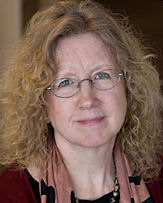 Ruth Malone is a resident of Oakland since 1983, a founding member and co-chair of Friends of Knowland Park and a longtime Oakland neighborhood activist. Since 2007, she has been working to educate and organize environmentalists, park users, and community members to protect the park. In her day job, she is a professor of nursing and health policy at University of California, San Francisco, where she helps students study the links between health and political, social and natural environments, and conducts research on the tobacco industry and its efforts to thwart public health efforts worldwide.
Ruth Malone is a resident of Oakland since 1983, a founding member and co-chair of Friends of Knowland Park and a longtime Oakland neighborhood activist. Since 2007, she has been working to educate and organize environmentalists, park users, and community members to protect the park. In her day job, she is a professor of nursing and health policy at University of California, San Francisco, where she helps students study the links between health and political, social and natural environments, and conducts research on the tobacco industry and its efforts to thwart public health efforts worldwide.
Ruth Malone’s Reflections Blog offers a combination of reflective essays and updates from the Protect Knowland Park Campaign, linking the fight to protect Knowland Park to broader environmental and ethical issues.
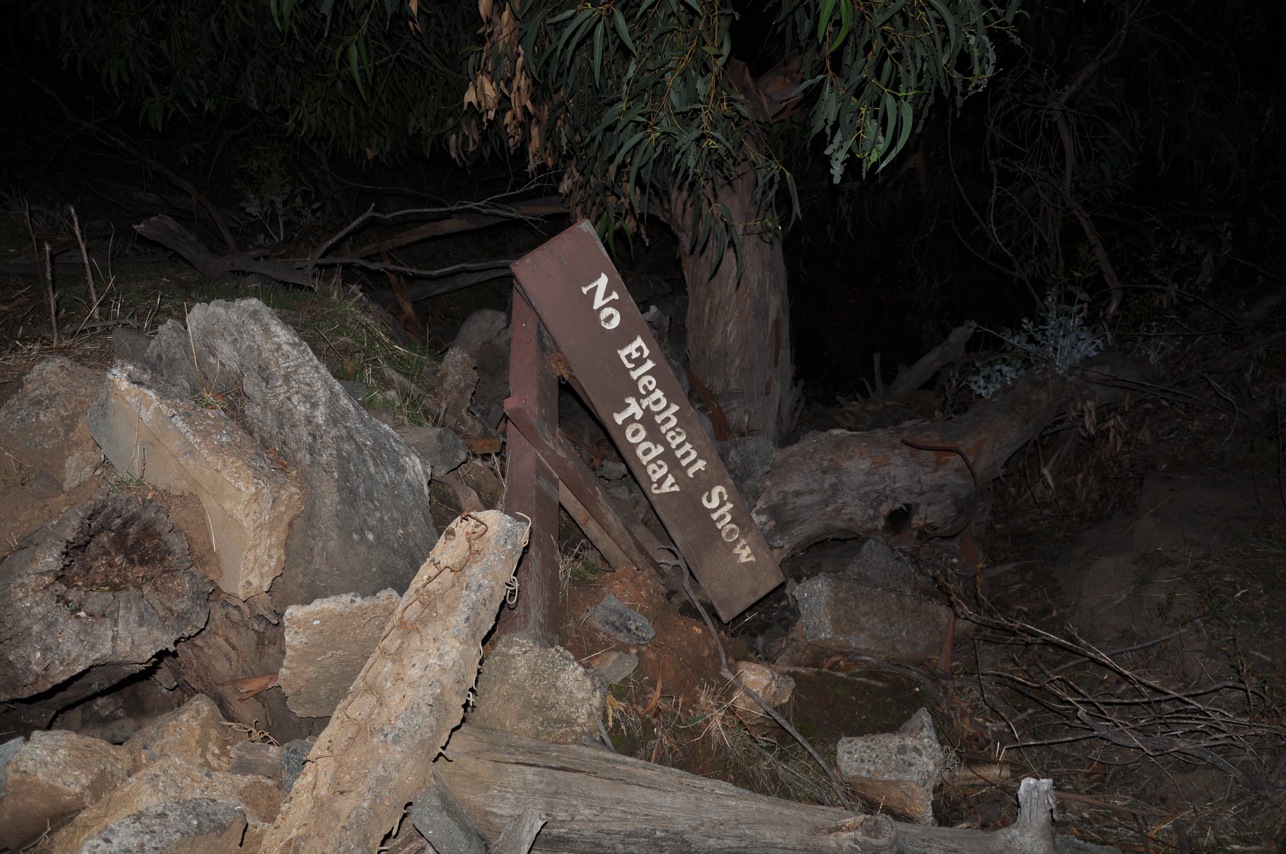
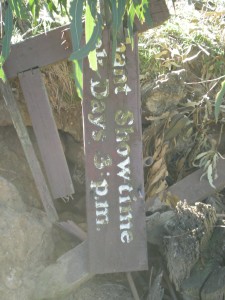
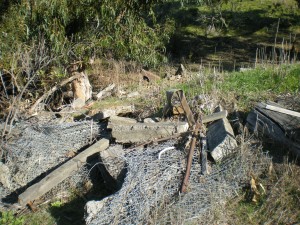
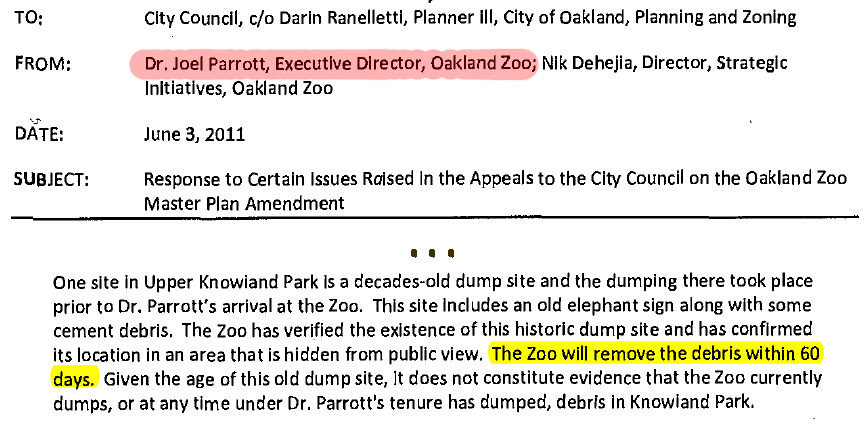
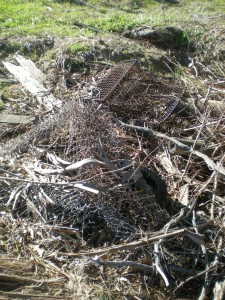
 Follow
Follow


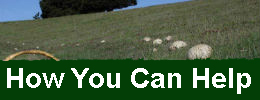





Comments are closed.